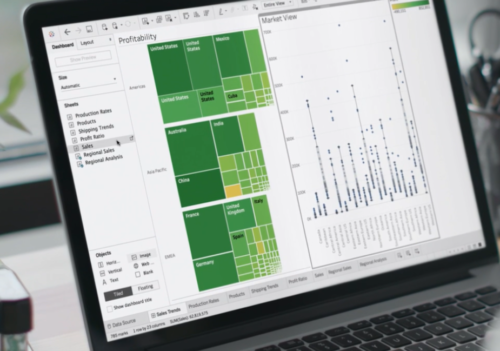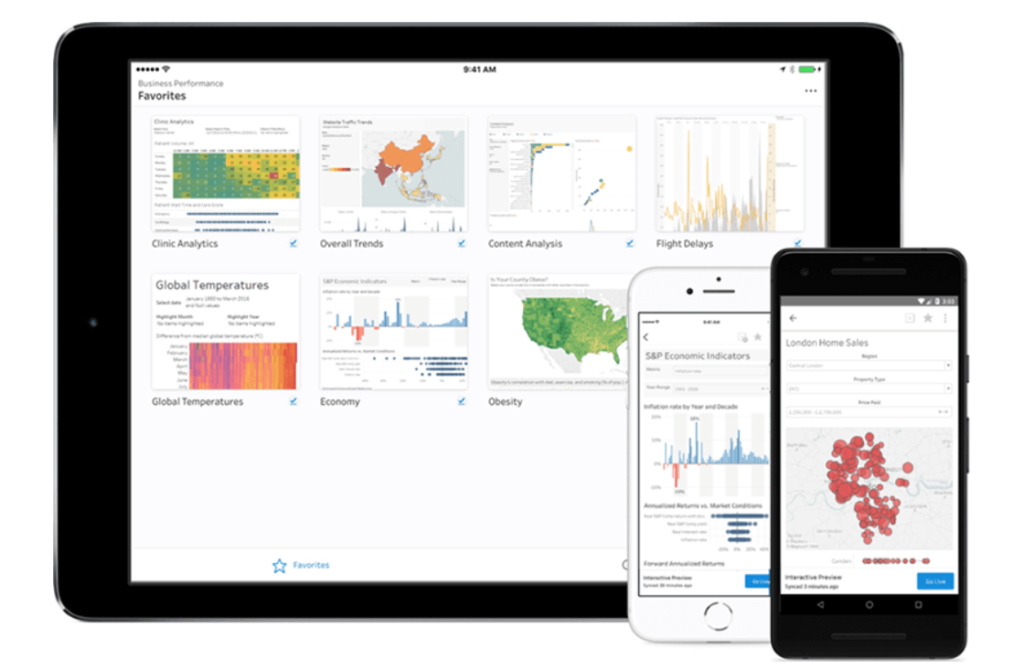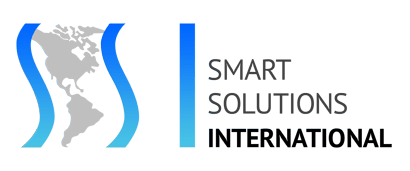Why Cloud ERP during uncertain times
Mergers and acquisitions (M&A) bring numerous challenges and complexity across all departments. But IT teams are often charged with providing the underlying infrastructure that will allow the organizations to operate successfully under a new configuration.
This is a big ask and typically occurs with little warning, and regardless of how much ongoing work exists in the day job.
There are plenty of factors that can further complicate this scenario, including when the company is acquired or merged is in a different country with unique reporting and regulatory requirements.
While part of an important growth strategy for the organization, these moves can put tremendous pressure on already taxed IT staff.
Additionally, an outdated IT infrastructure may not easily accommodate the planned integration.
If it is not designed to handle this scenario, that’s when you risk creating organizational silos of data and an extended period to reach your goals.
Avoiding complexity in mergers and acquisitions for IT Departments:
If IT needs to jump through various hoops to provide comprehensive reporting and visibility into the new partnership, the opportunities for errors increase, valuable ROI is lost, and the goals of the M&A activity may be missed.
By moving from on-premises enterprise infrastructure to the cloud, organizations can avoid a potentially devastating business impact while simultaneously optimizing your IT workforce efforts.
Since cloud solutions are designed to be scalable, flexible, secure, and manage variable workloads, they are ideally suited for M&A activities.
Liberty Steel UK was part of an acquisition by Liberty House Group that deployed CloudSuite Industrial Enterprise in both the UK and China, supporting over 1700 employees in those locations.
One of the key benefits identified by Liberty was the offsite deployment of the cloud solution, which freed their IT staff to focus on the strategic initiatives of their growing company.
If you find the themes covered in this blog post “Avoiding complexity in mergers and acquisitions” relevant to your business, we invite you to download this eBook on how to avoid business-damaging scenarios caused by outdated IT systems.






